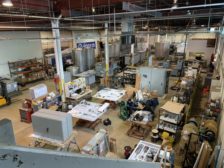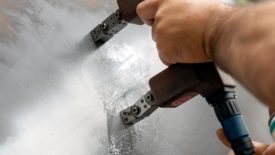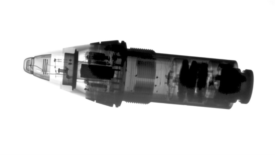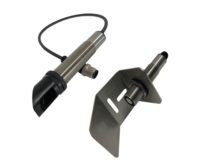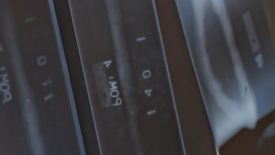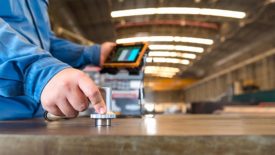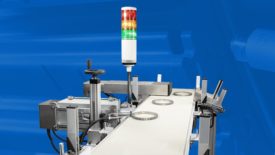NDT
Quality Headline
Blackstone-NEY Ultrasonics Announces Second Manufacturing Facility
February 22, 2023
NDT | Magnetic Particle Inspection
Magnetic Particle Inspection Is Here to Stay
While magnetic particle inspection techniques have stood the test of time, the equipment involved has seen updates to keep up with demand, experts say.
February 16, 2023
NDT | Force Testing
Measuring Force Data in Extreme Conditions
Manufacturers want more data in the product development process to create better products, and they need solutions that can perform in any condition.
February 15, 2023
NDT | Radiography
Why Additional Training Is Needed When Transitioning From Film Radiography To Digital Radiography
It is essential to have additional formal training to understand key image quality requirements.
February 14, 2023
Test & Inspection
How a Shrinking Workforce Affects Testing and Inspection in NDT
As the pandemic and advances in technology impact the field, education and training remain paramount — especially for newcomers.
December 30, 2022
Quality 101
Nondestructive Testing Using the Resonance Acoustic Method
RAM is a volumetric approach and evaluates the whole part, both for internal and external structural flaws, metallurgical deviations, and consistency.
December 15, 2022
Stay in the know with Quality’s comprehensive coverage of
the manufacturing and metrology industries.
eNewsletter | Website | eMagazine
JOIN TODAY!Copyright ©2024. All Rights Reserved BNP Media.
Design, CMS, Hosting & Web Development :: ePublishing

